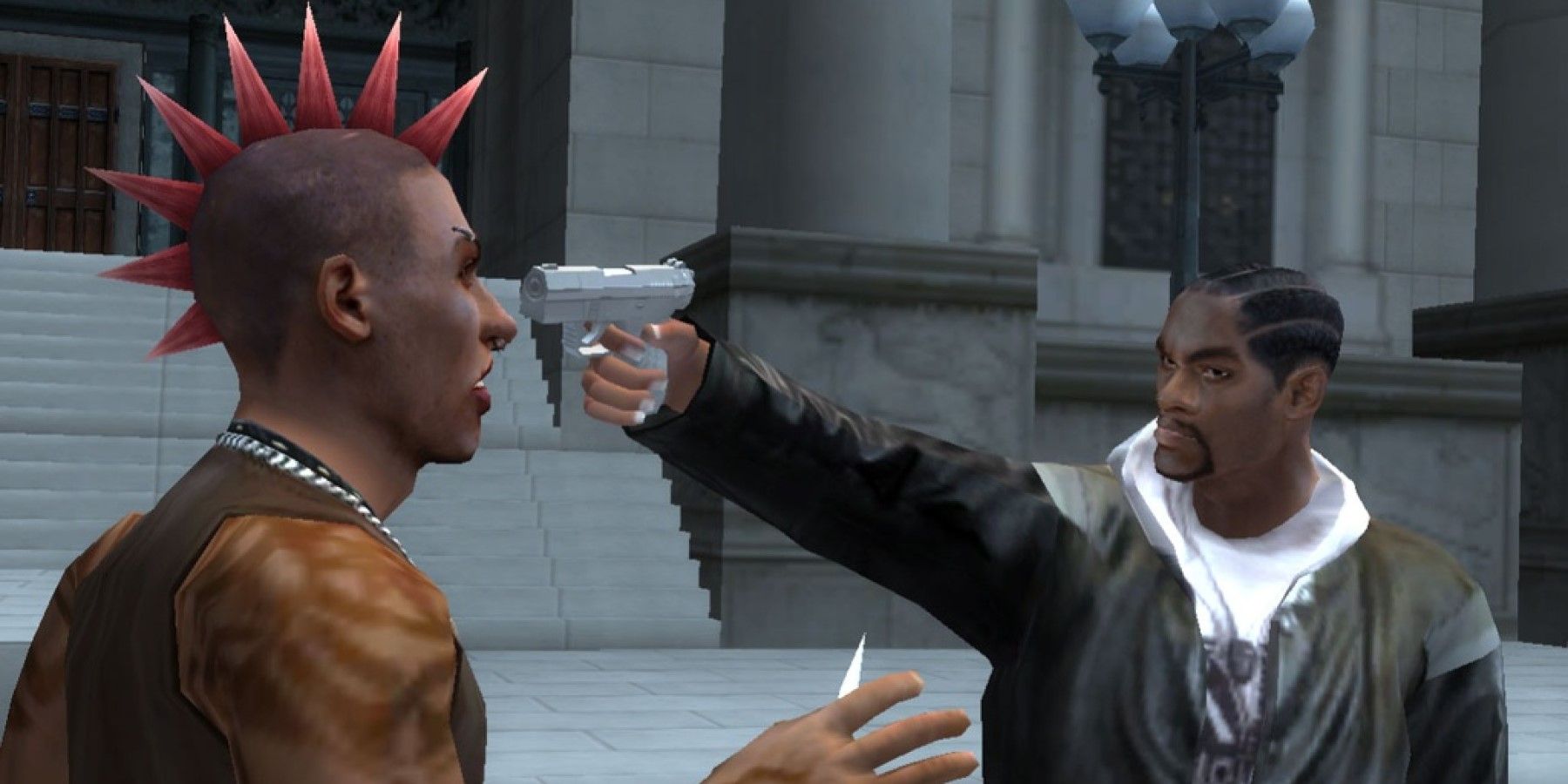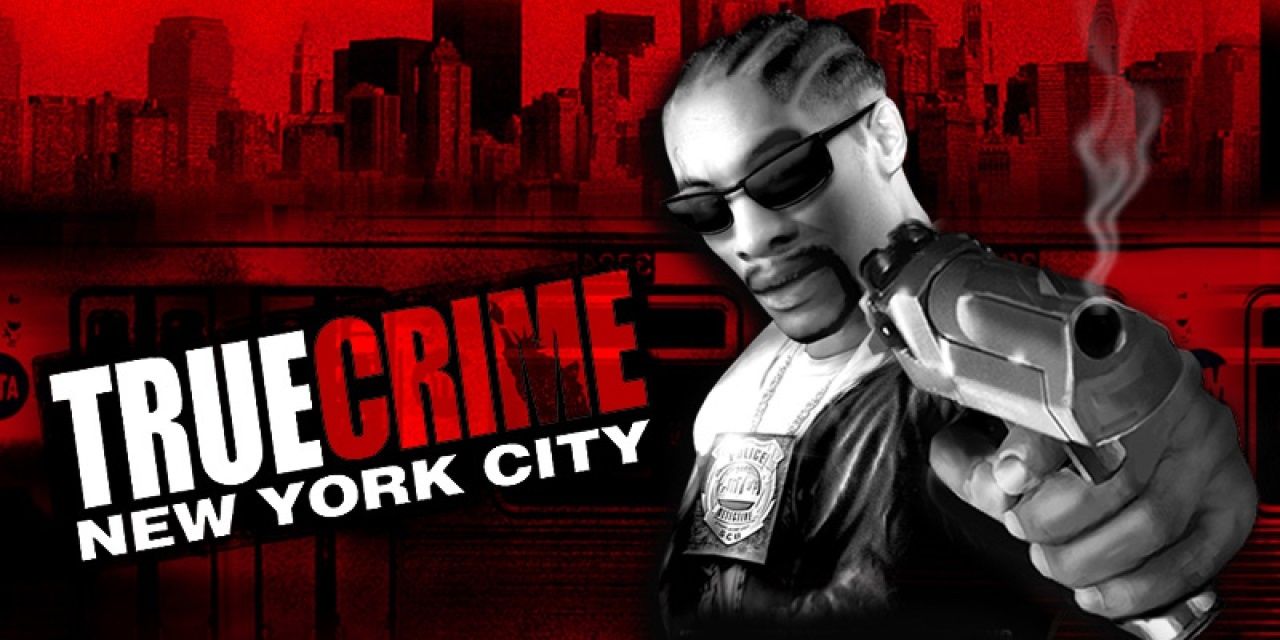Preservation and archiving have been a longstanding problem in the world of video games. Unlike most forms of art, video games are tied to tech gadgets that are regularly replaced every few years. As a result, each time a console is discontinued, there is a good chance that a portion of its library will be lost forever. This issue is further compounded by the fact that is not uncommon for development studios to shut down, making renewing licenses for IPs nearly impossible. One game that has unfortunately faced this fate is True Crime: New York City.
Released in 2005, True Crime: New York City is an open-world game that serves as a sequel to True Crime: Street of LA. It is set in a fictionalized version of New York where players assume the role of Detective Marcus Reed, who goes on a quest to discover who killed his mentor and who may have infiltrated the New York Organized Crime Unit. Although the game was not received too well upon release for various reasons, the game is still one of the most exciting titles of the sixth generation of gaming. Unfortunately, modern gamers will have to jump through a lot of unnecessary hoops in order to get their hands on a copy.
The Rise and Fall of the True Crime Franchise
True Crime: Streets of LA is the first entry in the True Crime franchise, laying down the blueprint which the rest of the series follows. Taking place in Los Angeles, the game centers on Officer Nicholas Kang, who attempts to uncover the conspiracy behind bombings that have taken place in Chinatown. With a vast world to explore, players can drive cars, engage in high-energy shootouts, or tend to the main missions which drive the plot forward. Most notably, the game also features branching storylines, which was quite a novel aspect for its time. The game performed well commercially and managed to ship over three million units in its lifetime.
Thanks to its strong sales numbers, Streets of LA received a sequel. True Crime: New York City builds upon and expands on the foundation laid down by its predecessor. Players can now enter buildings, buy clothing, purchase vehicles, and learn new fighting techniques in the dojos. The game's gritty atmosphere is further enhanced by the hip-hop soundtrack that it sports, which can be heard when players turn on the radio while cruising the streets of New York. Missions were also improved, which lead to the nightmare-inducing mission titled "Crazy Escape," which sees players escaping from an insane asylum.
Unlike Streets of LA, True Crime: New York City received a far colder reception. In addition to the technical glitches that occasionally pop up, the game also had to contend with the fact that open-world games set in urban settings had become a dime a dozen, and with the release of Grand Theft Auto: San Andreas just a year earlier, the game was largely ignored. Consequently, the game was a commercial failure, and the planned sequel to the game which would have also featured Marcus Reed again was canceled.
True Crime Turns Into Sleeping Dogs
While it may seem like the True Crime franchise died in 2005, this is not entirely true. Production on the third game, True Crime: Hong Kong, began in 2008. Unfortunately, Activision decided to pull the plug on this project, but not all was lost. Square Enix bought the rights to the game and United Front Games continued work on it. Through this, Sleeping Dogs was released. The game was very well-received, with critics praising the open-world design and combat in particular.
While the DNA of True Crime found new life through Sleeping Dogs, the franchise itself is unfortunately dead, and Activision abandoned the trademark in 2014. Unfortunately, this means that True Crime: New York City is out of production, new copies of the game are not for sale, and the game cannot be found on any digital storefronts.
Despite the criticisms waged against it, True Crime: New York City is a unique game that provided an immersive imagining of New York, complete with all the grit and edginess one would expect. Allowing players to take the role of a police officer brought a novel perspective to typical open-world gameplay, and opened up moral choices for players to make.
The game and its subsequent demise highlight how a convergence of unfortunate factors can result in good video games virtually disappearing, robbing modern gamers of the opportunity to experience a piece of video game history. While True Crime: New York City may not be the gaming giant that GTA: San Andreas is, it still brought its own atmosphere and gameplay that made its world one worth exploring.
True Crime: New York City was released on GameCube, mobile, PC, PS2, and Xbox.



